
The Admiral Graf Spee was a notorious heavy cruiser in the Nazi Germany’s Kriegsmarine during World War II.
The ship was built at the Reichsmarinewerft shipyard in Wilhelmshaven between October 1932 and January 1936. A Leviathan of the ship, the Admiral Graf Spee barely made the 10,000 long ton weight limit on warships imposed by the Treaty of Versailles. With a full load displacement of 16,020 long tons though she significantly exceeded the treaty limits. Armed to the gills with six 28 cm guns in two triple gun turrets, the Admiral Graf Spee, and her sister ships were built to overpower any cruiser on the water fast enough to keep up with her. With a top speed of 28 knots, only an elite group of ships in the British and French navies could keep pace with her and go toe-to-toe and stand a chance of sinking her.
The Admiral Graf Spee was deployed to the South Atlantic in the weeks immediately prior to the outbreak of WWII. Once the war started, she was assigned to patrol merchant sea lanes. Crippling Allied commerce, she sank nine ships between September and December of 1939 for a total of 50,089 gross register tons. In response, she was confronted by three British cruisers on December 13, 1939, in what become the Battle of River Plate.
Though she inflicted heavy damaged on the British ships, Admiral Graf Spee herself also suffered heavy damages and was forced to pull into port at Montevideo. Surrendering to false reports that superior British forces were enroute to confront her, Admiral Graf Spee commanding officer Hans Langsdorff ordered the Graf Spree be scuttled. The ship was partially broken up, however part of the ship remains visible above the water to this day.
Launch and construction
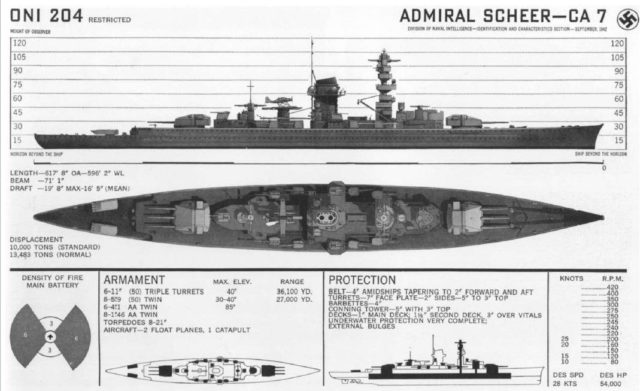
Recognition drawing of a Deutschland-class cruiser.
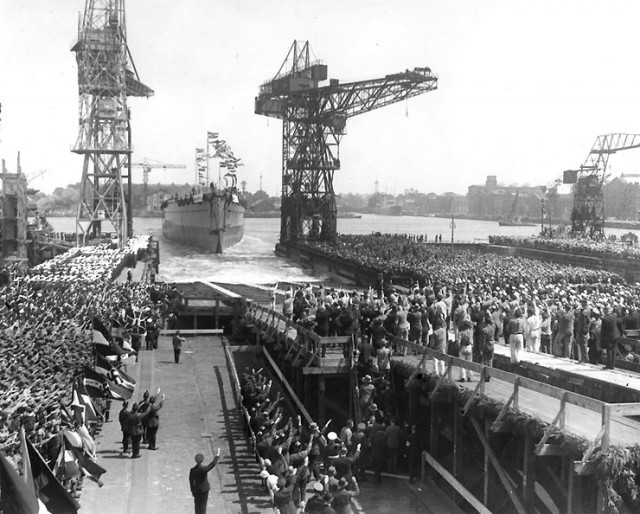
Launching of the German “pocket battleship” Admiral Graf Spee at Wilhelmshaven, Germany, on 30 June 1934. Note flags bearing the National Socialist emblem, and Nazi salutes being given by most of those present.
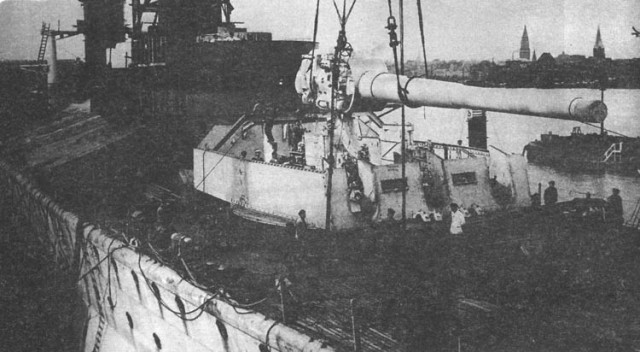
Montage of the forward gun battery, 1935.
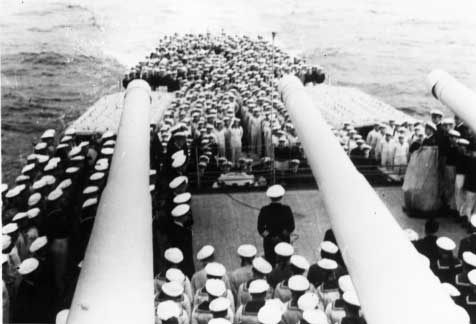
Lansdorff addressed his crew aboard Admiral Graf Spee, possibly commissioning ceremony, 6 Jan 1936.
The completed “Panzerschiffe”
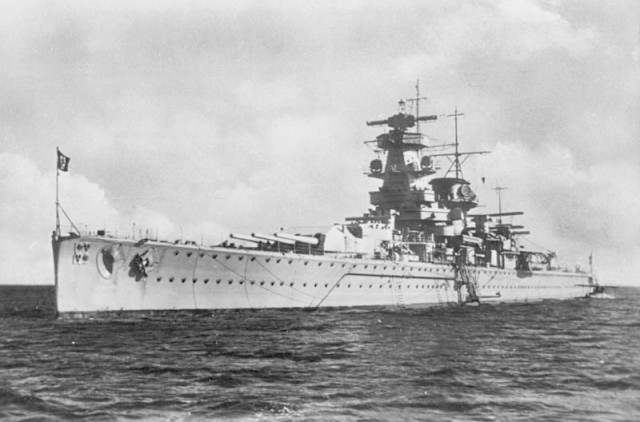
Admiral Graf Spee in 1936.
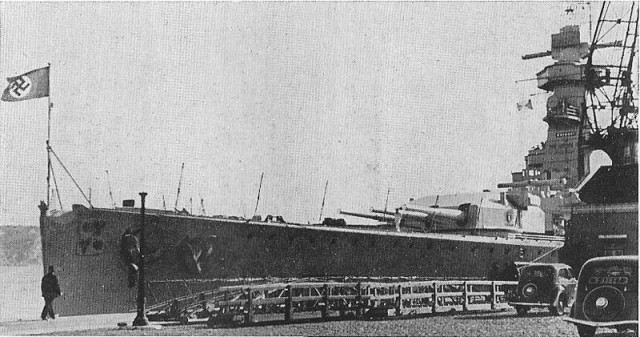
1938
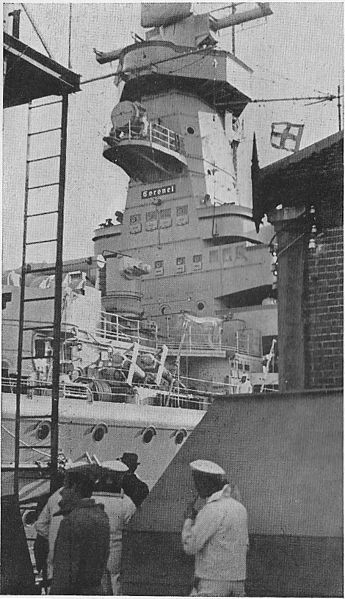
April 1939.
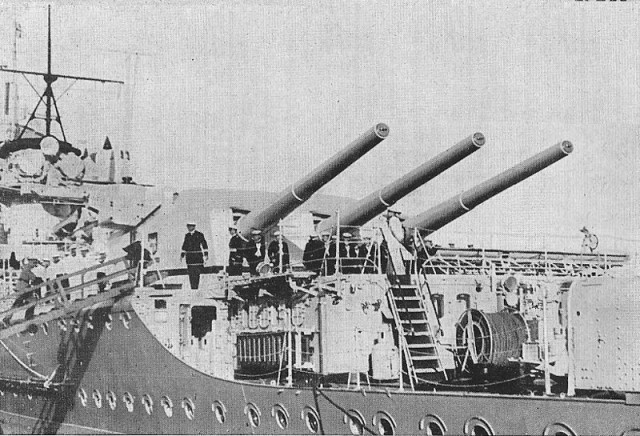
Rear Guns of the Graf Spee.
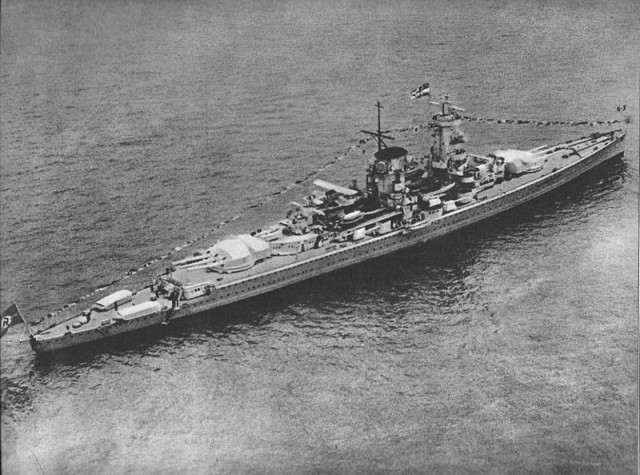
1938.
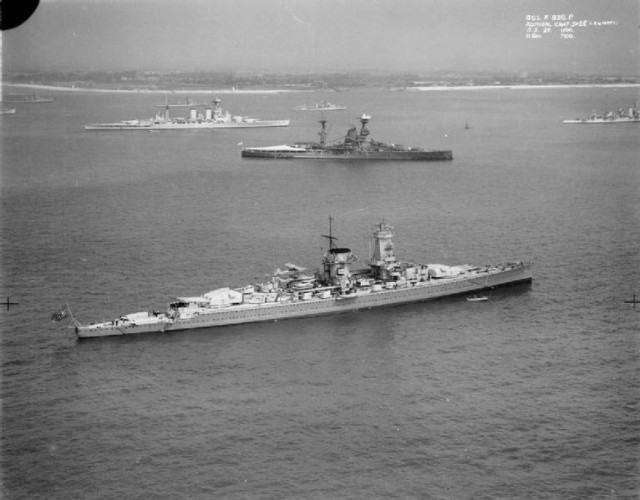
Warships at the Spithead Fleet Review of 1937, The German heavy cruiser ADMIRAL GRAF SPEE anchored off Spithead for the 1937 Fleet Review. In the background are the battleship HMS RESOLUTION and the battlecruiser HMS HOOD.
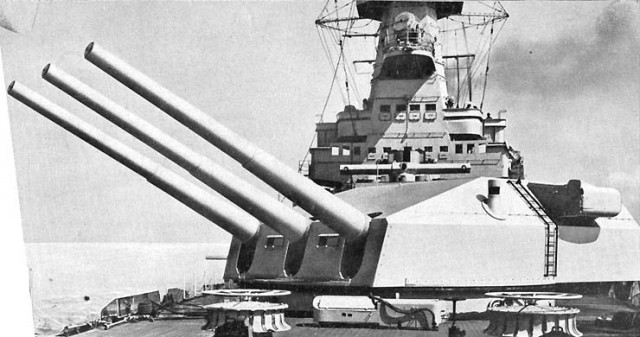
Panzerschiff Admiral Graf Spee’s forward 11-inch triple-gun turret, circa 1939.
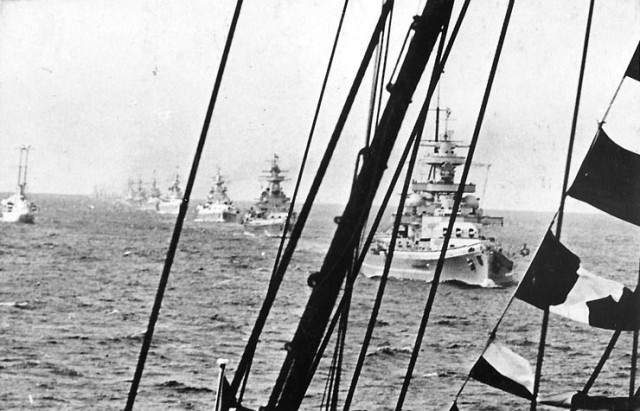
Gneisenau, Admiral Graf Spee, Admiral Scheer, and Deutschland steamed in a line during the German Naval Review of Aug 1938.
Battle of the River Plate
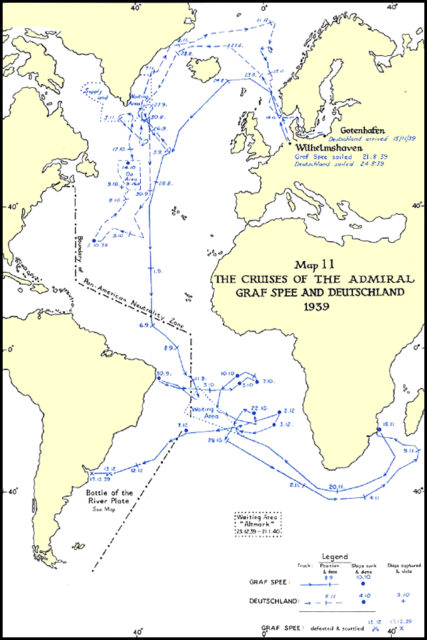
Map of the cruises of Admiral Graf Spee and Deutschland.
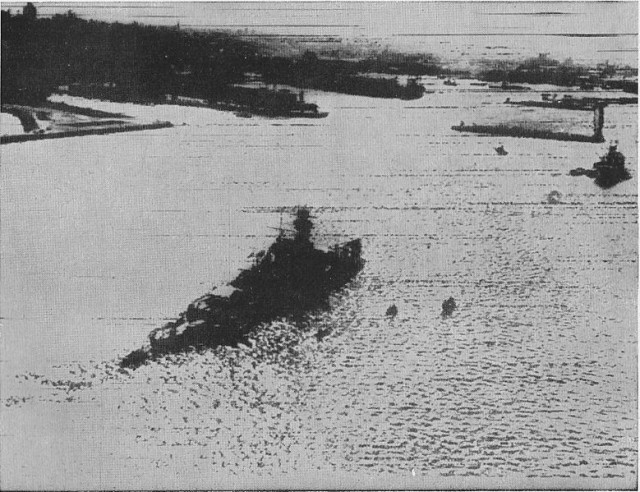
Graf Spee enters the harbor of Montevideo after the battle for the River Plate.
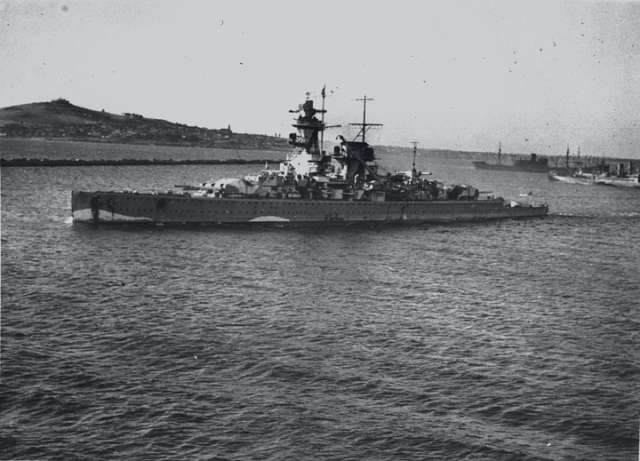
Admiral Graf Spee in Montevideo following the battle.

Admiral Graf Spee in Montevideo following the battle.
Promoted Content
This Wedding In California Took A Cheeky Turn Fast
More…
80
20
27

4 Early Signs Of Dementia
More…
419
105
140

Los Angeles: New 2 Bed Senior Apartments For $250/Month (Peek Inside)
More…
62
16
21
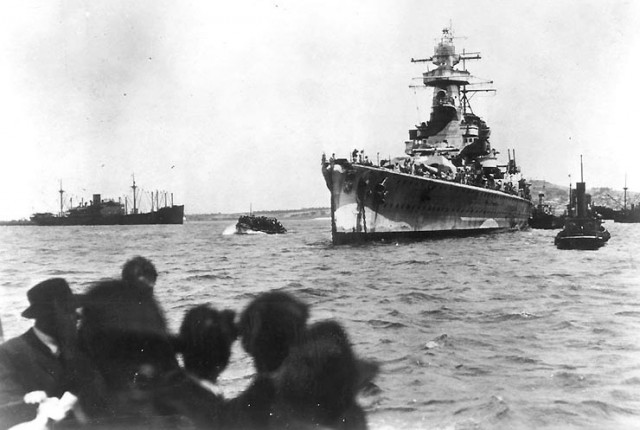
Admiral Graf Spee anchored off Montevideo, Uruguay, circa 13-16 Dec 1939.
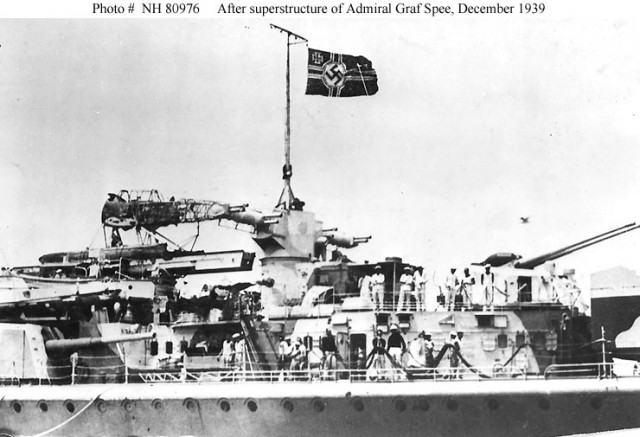
Admiral Graf Spee (German Armored Ship, 1936) View of the after part of the ship’s superstructure, port side, taken while she was in Montevideo harbor, Uruguay in mid-December 1939, following the Battle of the River Plate. Note the burned-out remains of an Arado Ar 196A-1 floatplane on the ship’s catapult and the German naval ensign flying from the mast mounted atop the after rangefinder.
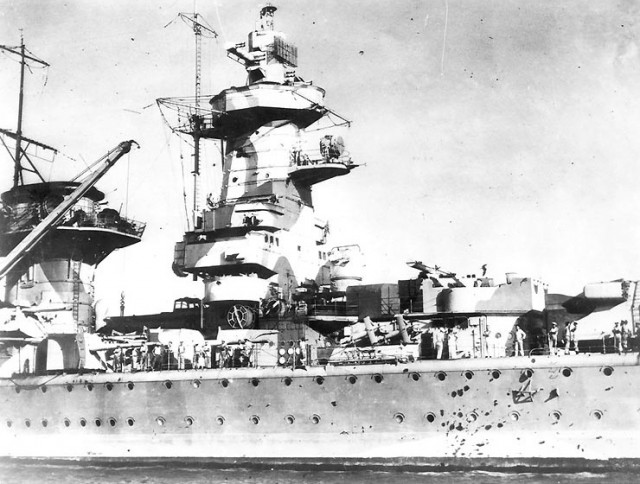
Admiral Graf Spee (German Armored Ship, 1936) View of the ship’s forward superstructure, starboard side, taken while she was off Montevideo, Uruguay in mid-December 1939, following the Battle of the River Plate. Note the shell fragment scars in her side plating, and the antenna of a “Seetakt” radar mounted on the face of her main battery gun director (top center).
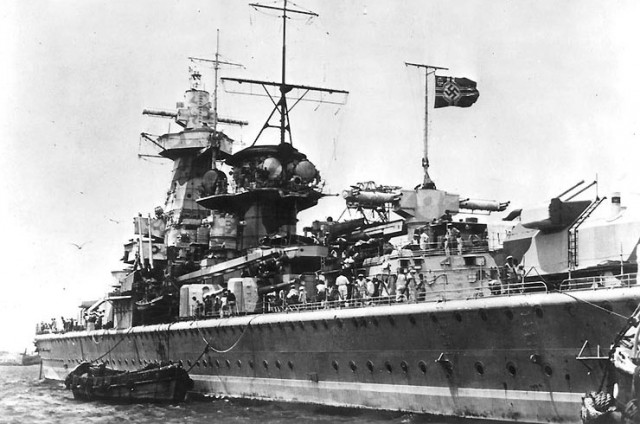
Admiral Graf Spee at anchor in Montevideo harbor, Uruguay, 13-16 Dec 1939.
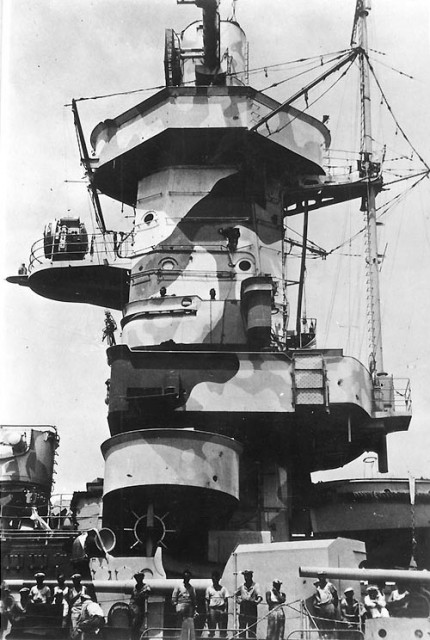
Close-up view of the port side of Admiral Graf Spee’s forward superstructure, 13-16 Dec 1939.
Scuttling
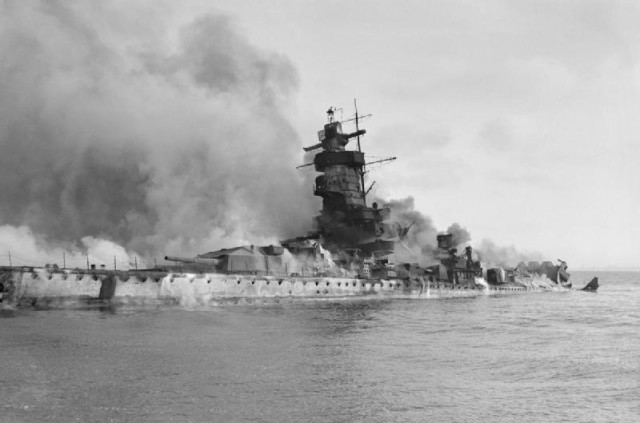
The German battleship Admiral Graf Spee in flames after being scuttled in the River Plate Estuary off Montevideo, Uruguay.
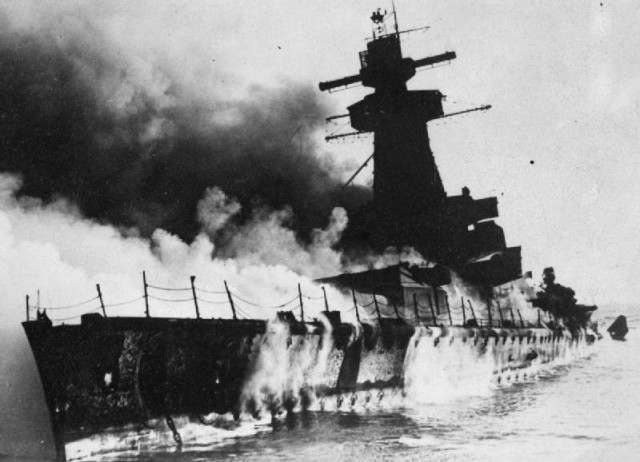
The German battleship ADMIRAL GRAF SPEE in flames after being scuttled in the River Plate Estuary off Montevideo, Uruguay.
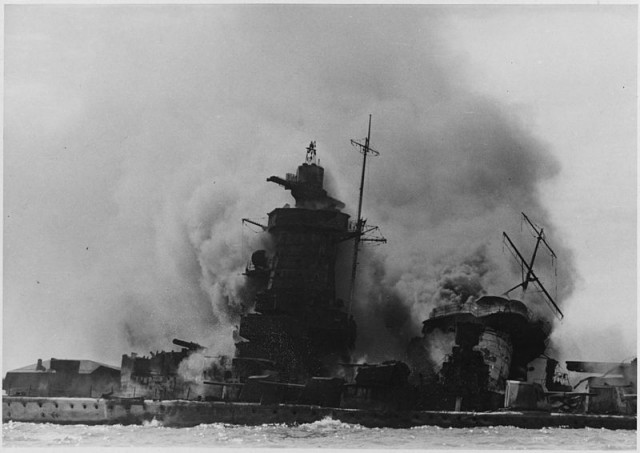
The “Graf Spee,” scuttled off Montevideo.
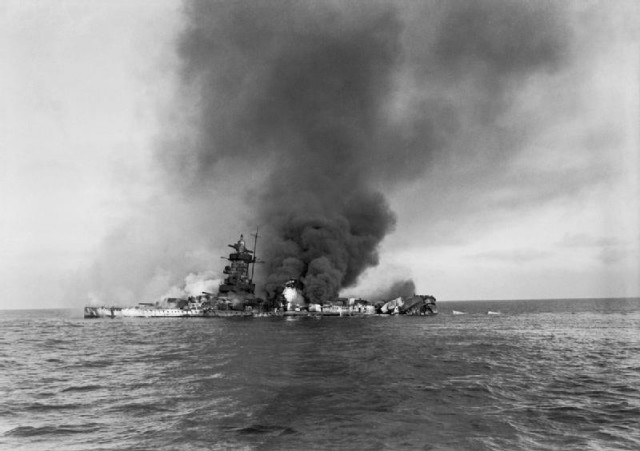
The German pocket battleship ADMIRAL GRAF SPEE in flames after being scuttled off Montevideo, Uruguay, after the Battle of the River Plate, 17 December 1939.
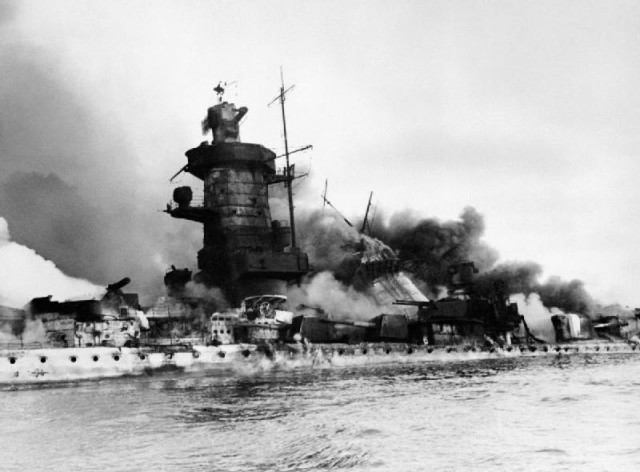
The sad remains
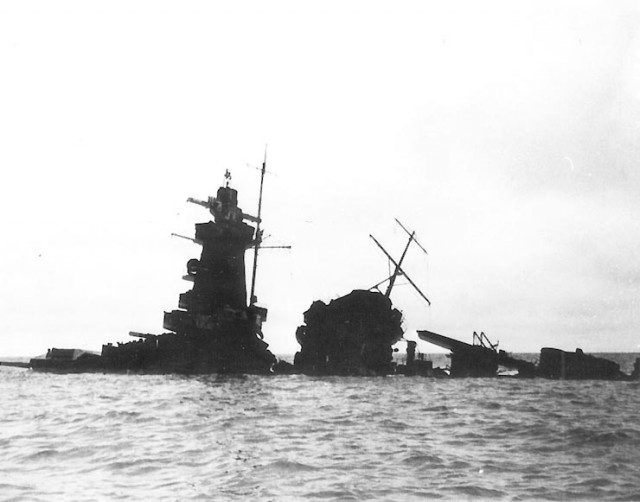
Ship’s wreck in the River Plate, near Montevideo, Uruguay, where she had been scuttled in December 1939. Photographed on 2 February 1940 by Ensign Richard D. Sampson, USN, for an intelligence report prepared by USS Helena (CL-50) during her shakedown cruise to South America.
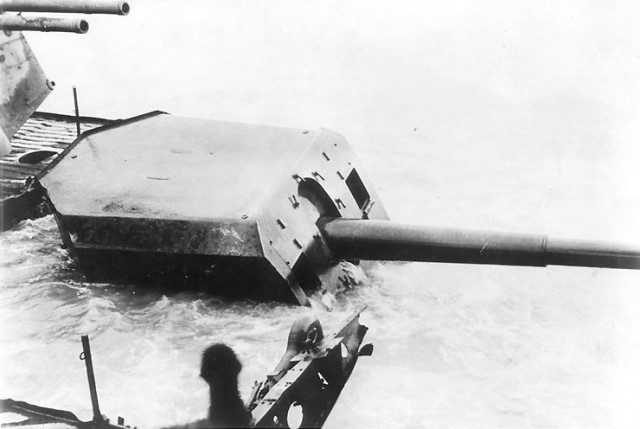
Ship’s Number Four 15cm/55 gun mount (second gun in the forward port side group).
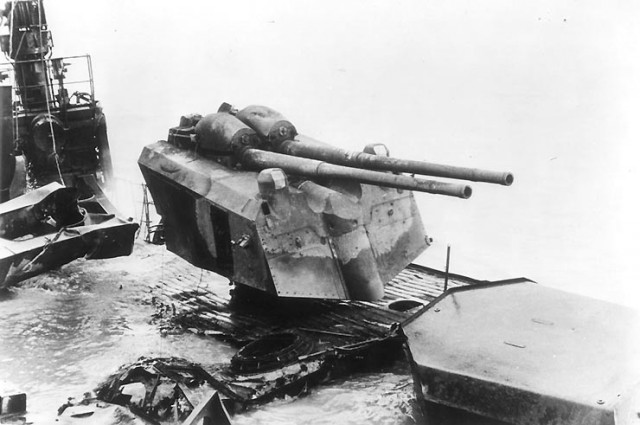
Ship’s Number Two 10.5cm/65 twin anti-aircraft gun mount (port side, amidships).
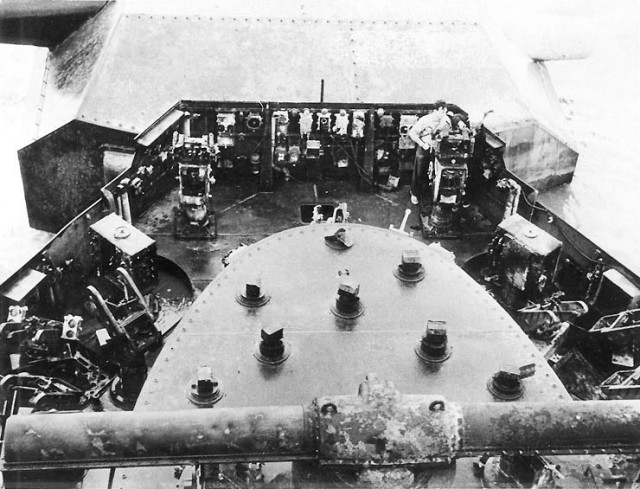
Admiral Graf Spee’s open control position at the forward end of the superstructure, 2 Feb 1940; note target designators, directors, rangekeepers, ship speed and course indicators, ready lights, etc.
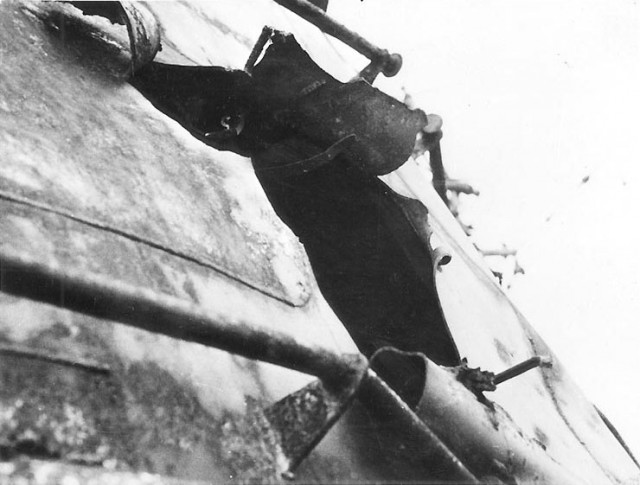
A hole ‘large enough to crawl through’ on the forward superstructure of Admiral Graf Spee, made by an 8in shell from Exeter.
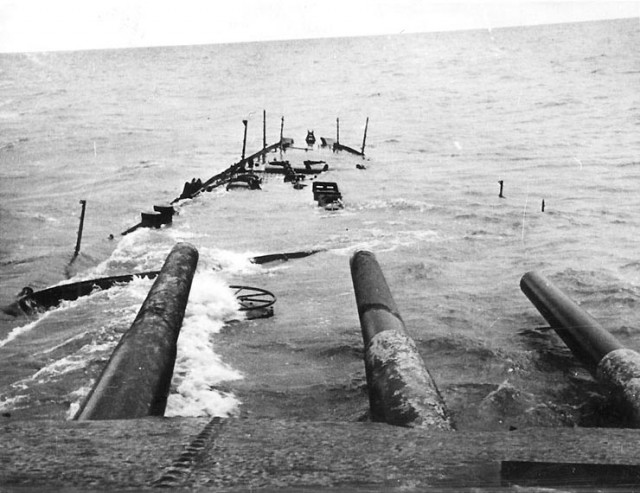
View of Admiral Graf Spee’s foredeck from atop the forward 280mm gun turret, showing the main deck awash.





